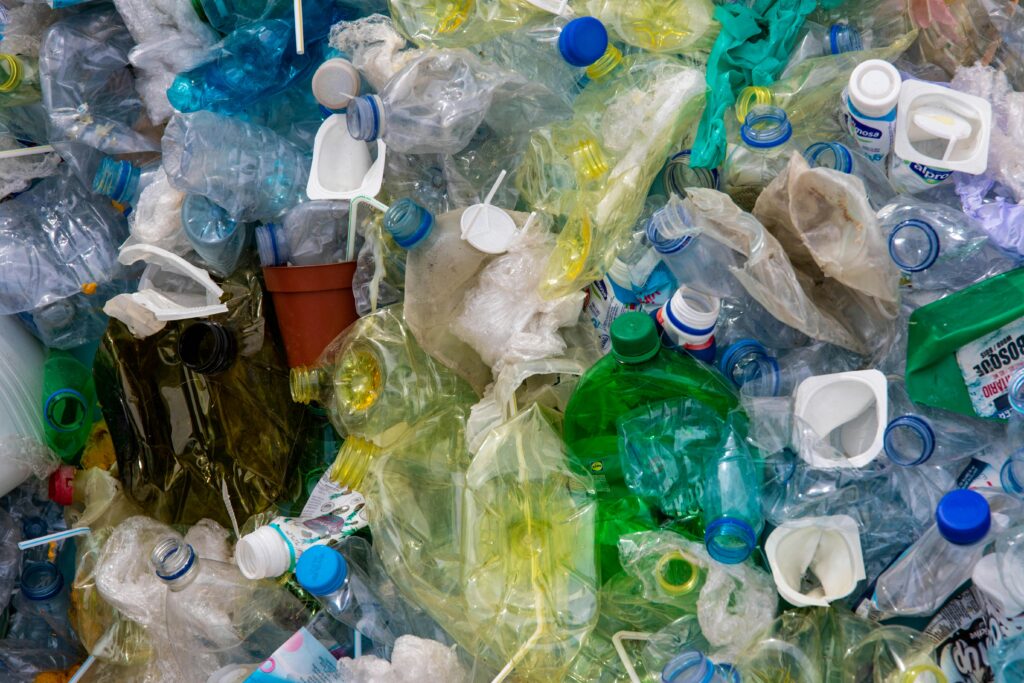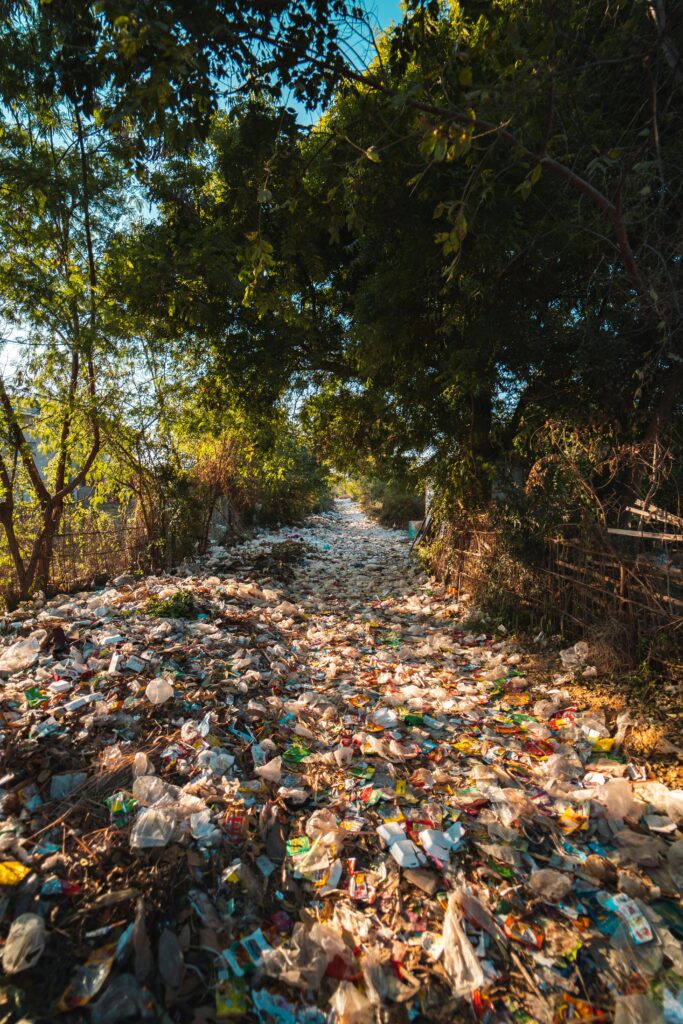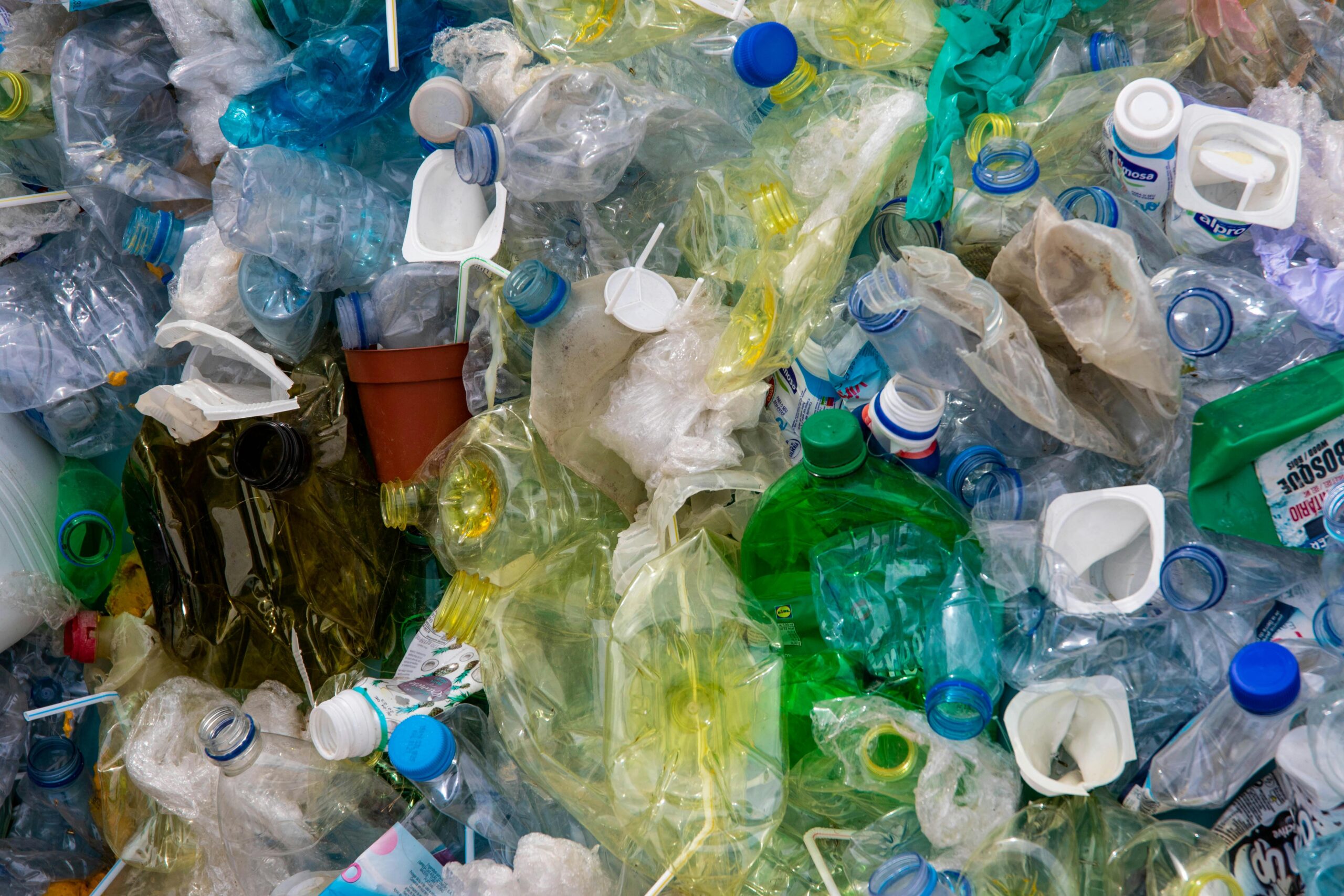Your cart is currently empty!
The Effects Of Plastic Pollution – Generocity

The Effects Of Plastic Pollution: Causes, Impact, and Solutions
Plastic pollution is one of the most pressing environmental issues facing our planet today. With an estimated 8 million tons of plastic entering the oceans every year, it’s a problem that affects ecosystems, wildlife, and human health on a global scale. While plastic has become an integral part of modern life, its durability and widespread use have created a serious pollution crisis. This blog explores the causes, effects, and potential solutions to the global plastic pollution epidemic.
What is Plastic Pollution?
Plastic pollution occurs when plastic products accumulate in the environment, causing damage to ecosystems and wildlife. These products range from everyday items like bags, bottles, and packaging to microplastics—tiny particles less than 5mm in size that originate from the breakdown of larger plastics or from products like cosmetics and synthetic clothing.
Causes of Plastic Pollution
- Overproduction of Single-Use Plastics
Single-use plastics, such as straws, packaging, and water bottles, are a major contributor to plastic pollution. These items are designed to be used once and then discarded, but they take hundreds of years to degrade. According to estimates, nearly 40% of all plastic produced is used for packaging, and most of it ends up in landfills or the ocean. - Inadequate Waste Management
A significant amount of plastic waste comes from countries with poor waste management systems. Inadequate infrastructure leads to plastic waste being improperly disposed of, often finding its way into rivers and oceans. Even countries with advanced waste systems contribute to the problem through littering or recycling inefficiencies. - Consumer Behavior
The convenience and affordability of plastic have made it an essential part of modern consumption patterns. However, the lack of awareness about the environmental impact of plastic use and disposal further exacerbates the issue. Consumers often discard plastics without considering alternatives, fueling the demand for more production. - Microplastic Contamination
Microplastics come from a variety of sources, including the breakdown of larger plastic items, microbeads found in cosmetic products, and fibers released from washing synthetic clothing. These tiny particles often go undetected in water treatment processes, leading to widespread contamination of water sources and oceans.
The Impact of Plastic Pollution
The consequences of plastic pollution are far-reaching and affect both the environment and human health.
- Marine Life Threats
Plastic pollution poses a significant threat to marine ecosystems. Marine animals, such as turtles, birds, and fish, often mistake plastic for food, leading to ingestion and entanglement. Ingested plastic can block digestive tracts, causing starvation or death, while entanglement can impair movement and lead to injuries. - Ecosystem Disruption
Plastic waste alters the composition of ecosystems, affecting the food chain and biodiversity. Coral reefs, wetlands, and estuaries are particularly vulnerable to plastic pollution. Microplastics, in particular, can disrupt natural processes like reproduction and feeding behaviors, impacting entire species. - Human Health Risks
Humans are indirectly affected by plastic pollution through the consumption of seafood contaminated with microplastics. Studies suggest that microplastics can enter the food chain, potentially carrying toxic chemicals that can harm human health. Additionally, plastic production and incineration release harmful pollutants into the air, contributing to respiratory problems and other health issues. - Economic Consequences
The economic impact of plastic pollution is substantial, affecting industries such as tourism, fishing, and shipping. Coastal regions, in particular, bear the brunt of cleaning up plastic waste, while marine industries suffer from declining fish populations and damaged ecosystems.

Solutions to Combat Plastic Pollution
While plastic pollution is a global issue, there are numerous efforts underway to combat it. The key to tackling this problem lies in a multi-faceted approach that involves individuals, businesses, and governments.
- Reduce Plastic Production and Consumption
The most effective solution to plastic pollution is to reduce the production and consumption of single-use plastics. This can be achieved by adopting alternatives such as biodegradable materials, reusable products, and packaging innovations that minimize plastic use. - Improved Waste Management
Strengthening waste management systems is crucial to preventing plastic from reaching the environment. This includes increasing recycling rates, implementing effective collection systems, and encouraging proper disposal methods. Governments can play a role by enforcing stricter regulations on plastic waste and incentivizing recycling programs. - Corporate Responsibility
Many companies are now adopting sustainable practices by reducing plastic packaging and using eco-friendly materials. Businesses can also invest in research and development of alternative materials and support initiatives that promote circular economies, where products are designed to be reused and recycled. - Public Awareness and Education
Raising awareness about the impact of plastic pollution is vital to changing consumer behavior. Educational campaigns, community cleanups, and school programs can encourage people to make more environmentally friendly choices. Reducing plastic use, supporting brands with sustainable practices, and advocating for stronger environmental policies are ways individuals can contribute to the solution. - Global Cooperation
Plastic pollution is a global problem that requires international cooperation. Governments, NGOs, and corporations must work together to create policies and agreements that address plastic waste at the source. Global initiatives like the UN’s Clean Seas Campaign aim to curb marine plastic pollution through collaboration and education.
Conclusion
Plastic pollution is a monumental environmental challenge, but it’s not insurmountable. Through a combination of reducing plastic use, improving waste management, fostering innovation, and raising awareness, we can reduce the amount of plastic waste entering our environment. Every action counts, from choosing reusable products to supporting policies that promote sustainability. Together, we can help stem the tide of global plastic pollution and protect our planet for future generations.


